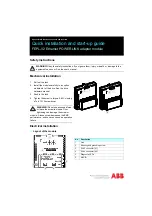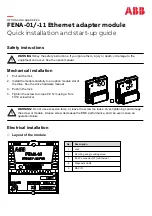
22
ZONE CONTROL
Your kiln must have multiple thermocouples and be wired for multiple zones to take
advantage of these features
1. FEATURES AND ENHANCEMENTS
•
3 separately controlled zones ( 3 t/c inputs, 3 outputs )
•
Adjustable offsets for each thermocouple (t/c)
•
Continues to fire with 1 or 2 failed thermocouples (t/c’s)
•
Slow ramping when any zone lags the set-point
•
Reset function which zeros the t/c offsets, turns the errors on, and sets the lag to 13 degrees
2. GENERAL DESCRIPTION
The V6-CF advanced 3-zone control system is programmed the same as the single zone control but
it has new features to ensure even firing from the top to the bottom of the kiln. A 3-zone control
has 3 temperature sensor inputs (thermocouples) and 3 independent outputs so the kiln can have 3
separately controlled sections (zones). The controller senses the temperature in each section of
the kiln, compares the temperature to the desired temperature (traveling set-point) and adjusts the
power going to each section separately giving each just the right amount of power to keep the
temperature at the correct setting. The single zone controller only measures the temperature at
the center of the kiln and gives all sections the same amount of power.
3. AUTOMATIC LAG FUNCTION
Lag refers to when the temperature of a kiln’s section “lags” behind the traveling set point because
the programmed ramp rate is faster than the kiln’s temperature can rise. The V6-CF series 700 will
slow the ramp rate when a section of the kiln lags. The ramp rate determines the amount of
“lagging” that is allowed before the firing rate is slowed. Fast ramp rates (>500 °F/hr) will allow
the greatest temperature difference between sections. Slow ramp rates (<70 °F/hr) will have the
smallest temperature difference between sections. Therefore, when the controller is programmed
to go fast it will sacrifice evenness to obtain speed. Likewise, when the controller is programmed
to go slow, the controller will maintain tighter control. The controller will try to balance speed and
tight control when a medium speed is programmed.
4. THERMOCOUPLE OFFSETS
(see T/C offsets and Cone offsets in the OPTIONS SECTION for more information)
Normal variation in thermocouples (t/c) can cause a section to fire too hot or too cool. The zone
control has an offset feature to adjust the reading of each thermocouple to compensate for any
error. For example, if shelf cones indicate that the bottom section is under firing, it means that the








































